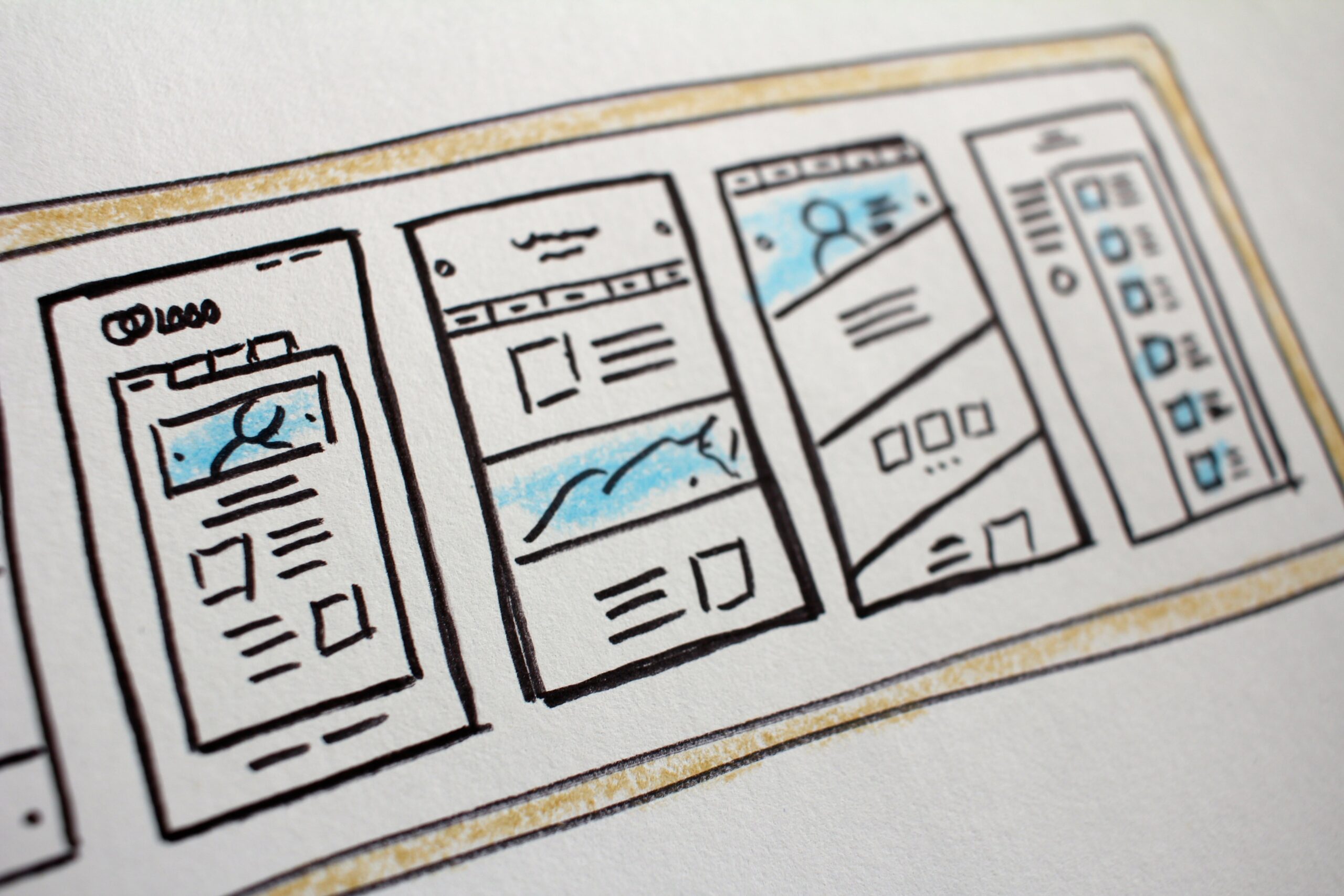Yes, website owners should register the copyright for their websites, although, strictly speaking, CONTENT is registered because the U.S. Copyright Office has stated that the website itself is not something that can be copyrighted. This is common sense because the website is just the “structure” or “frame” into which you place your content. The content is your original work of authorship which can be protected by Copyright law. Think of it this way: an artist that creates an image with oil or acrylic will copyright the beautiful image, not the wood and fabric materials on which the image is placed.
Any personal, family, or business website can be a valuable asset. For businesses, websites can be particularly valuable for direct sales, sending customers to “brick and mortar” store locations, various forms of marketing and advertising, providing notices, customer service, and other purposes. Thus, it is important to protect your website content with copyrights.
Importantly, websites should be registered with the U.S. Copyright Office. The Copyright Office registers websites in the category of “other digital content.” Registration should be done annually (or at least every couple of years) since what is registered is “past-looking” only. That is, when registered, the copyright for your website is for what is there right now. The copyright registration does not cover material and content added after registration.
Copyright registration is necessary if you want to have full legal protection for your content. As one example, you cannot sue a person or company for infringing against your copyright unless the copyright is registered. Note, however, that some copyright legal protections come into existence the moment your content is uploaded. So, in effect, even without registering your website, the content of your website is protected by copyright law. Registration triggers the maximum legal protections.
To protect your copyrighted website content, the website owner should place a “copyright notice” on each page of the website (often called a “copyright footer”). Generally, the notice/footer should have four components: Statement of copyright protection, date, owner of the website, and statement of license. The first, second, and third items are usually on one line. Example: “Copyright 2020-2023 Name of Company.” The final item is often put on a second line. Examples of licensing statements include: “All rights reserved” or “Contact Website Owner For Permission to Use Content.”
Note that only certain content will be copyrightable, including:
- Original content like text, photos, and videos created by you or under your direction by employees
- User-uploaded content (like reviews, ratings, comments, etc.) but ONLY IF you have a terms of service agreement that users have agreed to by “clicking I agree,” where the terms of service assigned to you their original contributions to your web content
By contrast, a lot of content typically found on a website is NOT part of the website’s copyright, including:
- Content from other websites linked or transferred to your website — for example, a “Google Map” on your website is not part of your content
- Public domain information and content
- User-generated content if you do not have a Terms and Conditions Agreement
- Content created and owned by others which is used by permission
- Ideas
- Tables, lists, and other types of compilations of information and data
- Non-original, commonly known content material — such as what is commonly found in a copyright footer
Contact the Copyright Attorneys at Revision Legal
For more information, contact the experienced Copyright Lawyers at Revision Legal. You can contact us through the form on this page or call (855) 473-8474.




